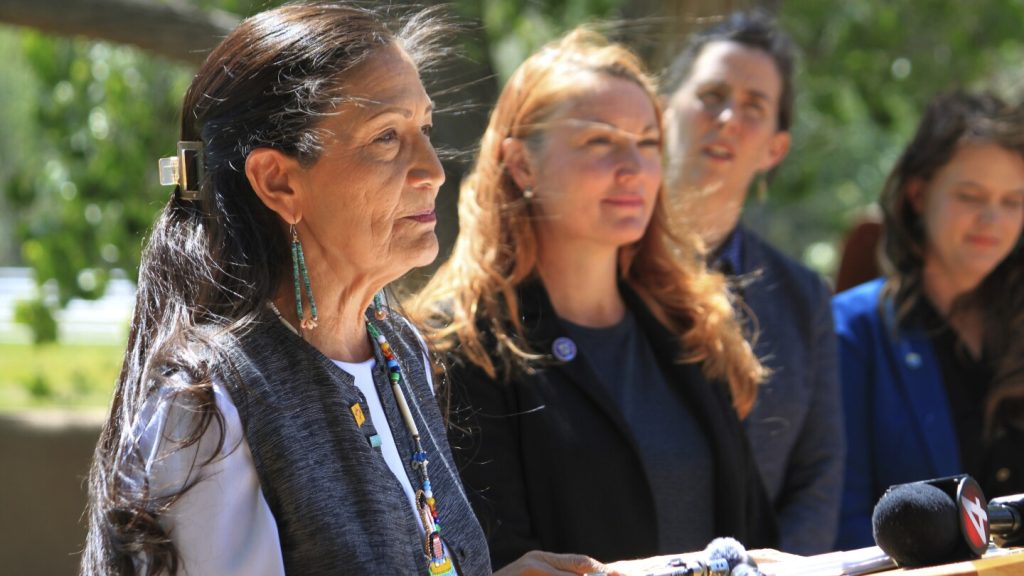The U.S. government has allocated $60 million to fund projects along the Rio Grande in southern New Mexico and West Texas to address the impacts of climate change and increasing demands on the river. This funding, which comes from the Inflation Reduction Act, is the first to be dedicated to a basin outside of the Colorado River system. Interior Secretary Deb Haaland emphasized the importance of water conservation, recalling her grandmother’s lessons on the preciousness of water in the desert.
The Rio Grande has experienced dry stretches in recent years, with record low water levels due to a prolonged drought across the basin. The river serves as a crucial water source for millions of people and thousands of farmers, leading to legal battles over its management. Efforts are being made to improve sustainability and meet water delivery obligations under existing compacts. Collaboration between irrigation districts, government agencies, and conservation organizations will focus on capturing stormwater runoff, enhancing infrastructure, and benefiting endangered species in the basin.
The Inflation Reduction Act provides $4 billion to address drought in 17 western states, with a priority on the Colorado River Basin. However, it also designates $500 million for water management in other basins facing similar drought conditions. Funding will be allocated for projects in other basins over the next four years. The focus along the Rio Grande will be on reducing reliance on groundwater, increasing storage capacity, and restoring wildlife habitats through improved water management practices.
In southern New Mexico, efforts are already underway to capture stormwater and enhance water efficiency within irrigation systems. Projects aim to recharge aquifers, reduce irrigation demands, and protect communities from flooding. The Elephant Butte Irrigation District, serving thousands of farmers, is implementing measures to improve water conservation and restore habitat. Officials believe that ambitious strategies, such as re-plumbing irrigation systems, are necessary to address the challenges posed by the changing climate and water availability.
The Rio Grande projects will involve a range of activities, from capturing rainfall to enhancing water storage. By recharging aquifers and reducing irrigation demands, officials hope to restore wildlife habitats and increase water efficiency. Irrigation districts are collaborating with federal agencies and conservation groups to implement these projects and ensure the long-term sustainability of the Rio Grande. Ultimately, the goal is to adapt to the changing conditions brought about by climate change and ensure that communities continue to have reliable access to water resources.


